Factors Affecting the Adaptability of Barium Tungsten Electrodes to Vacuum Environments
- Details
- Category: Tungsten Information
- Published on Tuesday, 03 June 2025 17:48
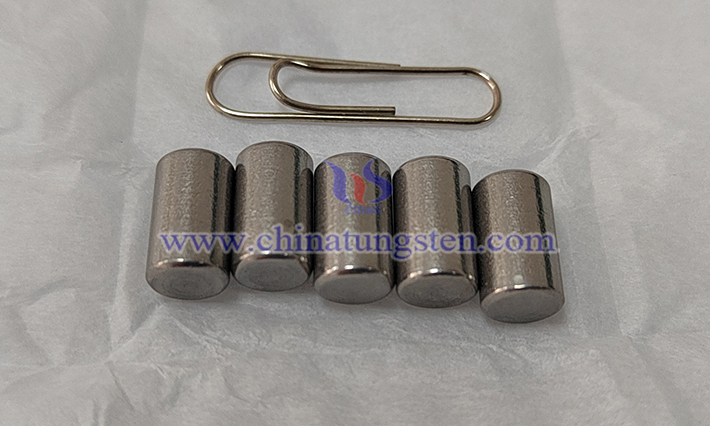
The adaptability of barium tungsten electrodes in vacuum environments is affected by many factors. In practical applications, these factors need to be optimized according to specific working conditions to ensure the best performance and longest service life of the electrodes.
Ammonium Metatungstate: the "Silent Guardian" in Flame-Retardant Fabrics
- Details
- Category: Tungsten Information
- Published on Tuesday, 03 June 2025 14:00
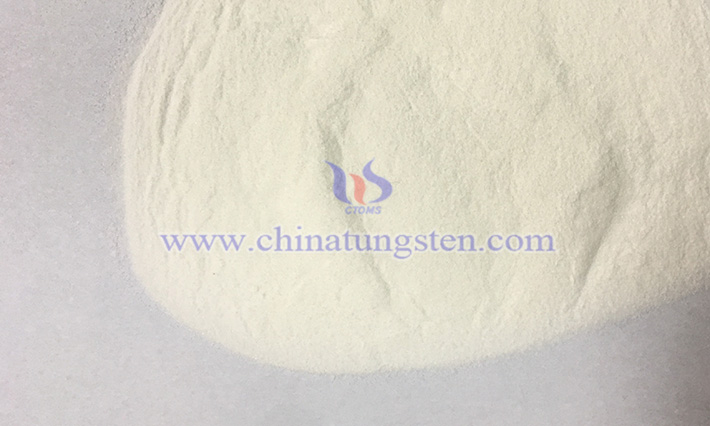
CTIA GROUP LTD’s Ammonium Metatungstate (AMT) is a white or pale yellow crystalline powder with high water solubility, good solution stability, and acidity, as well as high chemical stability. However, under specific conditions (e.g., high temperatures), it may decompose or undergo transformation reactions. These properties make AMT a strong candidate for applications in flame-retardant fabrics.
Ammonium Metatungstate: The "Silent Powerhouse" in Catalysis
- Details
- Category: Tungsten Information
- Published on Tuesday, 03 June 2025 13:51
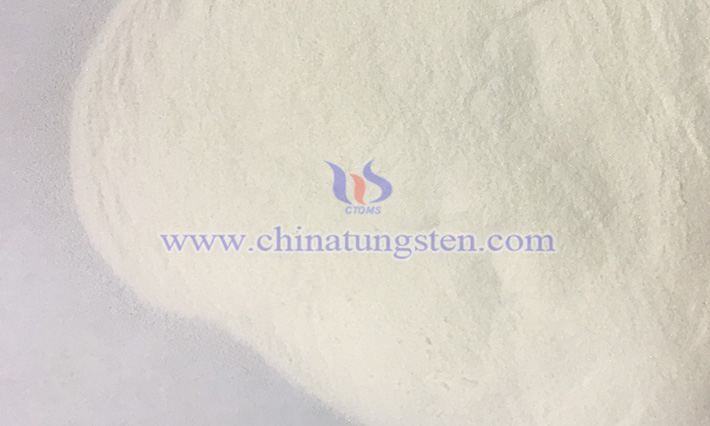
In the fascinating world of chemistry, Ammonium Metatungstate (AMT), produced by CTIA GROUP LTD, shines as a subtle yet brilliant star with its unique "personality." It is a compound formed by the tight bonding of ammonium cations and metatungstate anions, with the molecular formula H28N6O41W12. Beyond its excellent solubility and thermochemical stability, AMT also boasts remarkable catalytic properties.
Factors Affecting the Uniformity of Thermal Emission of Barium Tungsten Electrode
- Details
- Category: Tungsten Information
- Published on Friday, 30 May 2025 17:43
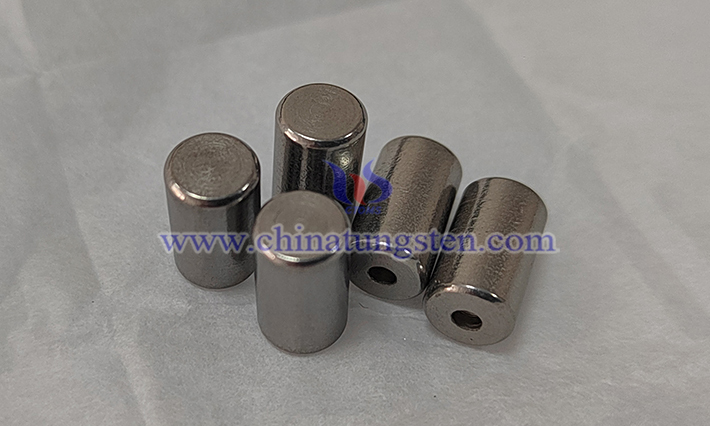
The uniformity of thermal emission of barium tungsten electrode is the core indicator that determines its performance stability and application effect, and directly affects the working efficiency and life of electronic devices (such as microwave tubes and X-ray tubes). Its uniformity is jointly regulated by multi-dimensional influencing factors such as material composition, preparation process, working environment and surface state.
Factors Affecting the Mechanical Strength of Barium Tungsten Electrodes
- Details
- Category: Tungsten Information
- Published on Friday, 30 May 2025 17:41
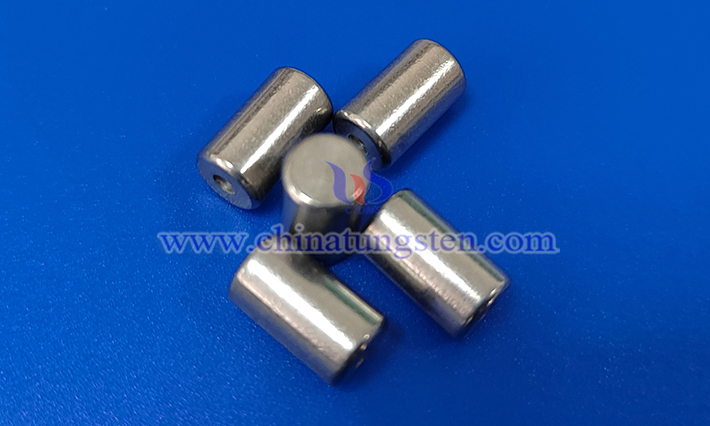
The mechanical strength of barium tungsten electrodes is the result of the combined effects of material composition, microstructure, preparation process and working environment. To improve the strength, the barium content can be optimized, the grain size can be controlled, the sintering process can be improved, the internal defects can be reduced, and the surface quality can be ensured. In practical applications, each influencing factor needs to be weighed according to the specific conditions of use.
Factors Affecting the Surface Active Substances of Barium Tungsten Electrodes
- Details
- Category: Tungsten Information
- Published on Friday, 30 May 2025 17:35
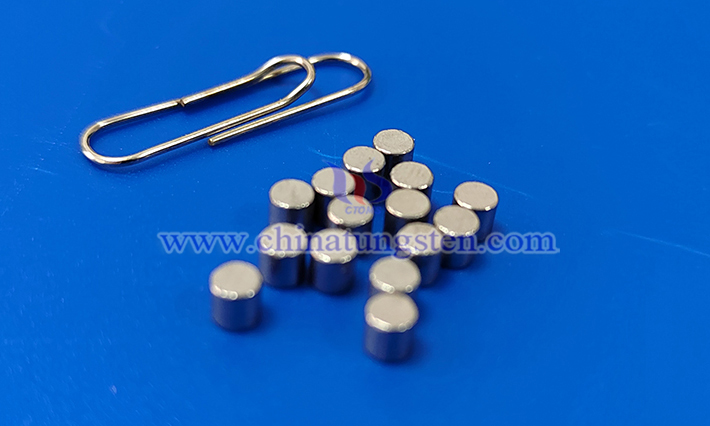
The factors affecting the surface active substances of barium tungsten electrodes can be comprehensively analyzed from multiple dimensions such as material composition, preparation process, working environment, surface treatment, impurity pollution and use time, as follows:
Factors Affecting the Long-Term Stability of Barium Tungsten Electrodes
- Details
- Category: Tungsten Information
- Published on Friday, 30 May 2025 17:31
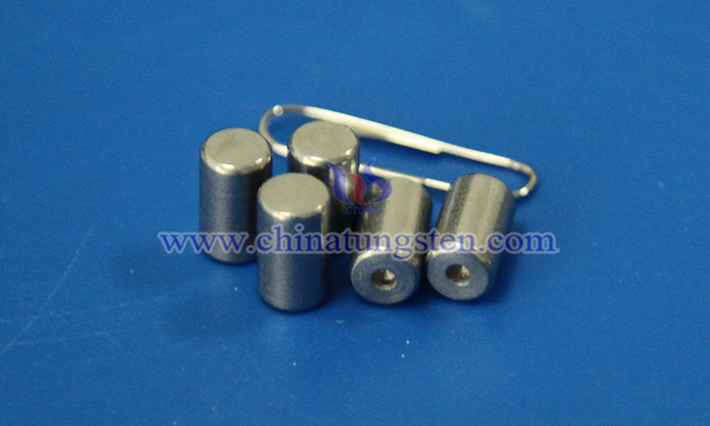
The factors affecting the long-term stability of barium tungsten electrodes and their mechanisms of action are as follows:
1. Material Composition
Factors Affecting the Surface Energy of Barium Tungsten Electrode
- Details
- Category: Tungsten Information
- Published on Friday, 30 May 2025 17:27
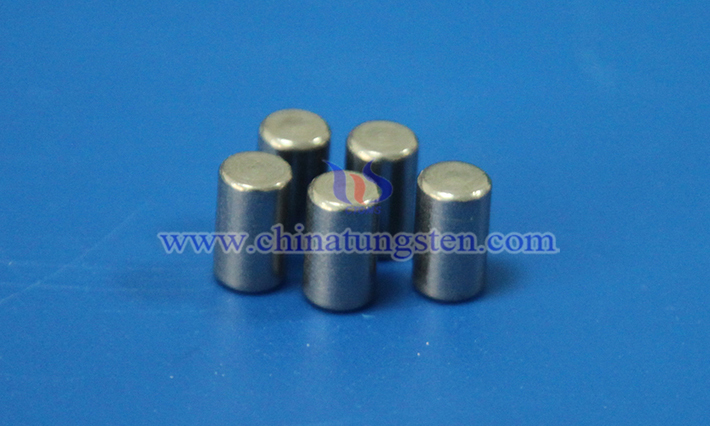
The surface energy of barium tungsten electrode is affected by many factors such as intrinsic properties of the material (such as barium content, crystal structure), surface state (roughness, oxide layer), environmental conditions (temperature, vacuum degree) and preparation process (heat treatment, surface modification). In practical applications, optimizing these influencing factors can improve the electron emission performance and stability of the electrode.
Molybdenum Boat
- Details
- Category: Tungsten Information
- Published on Thursday, 29 May 2025 16:52
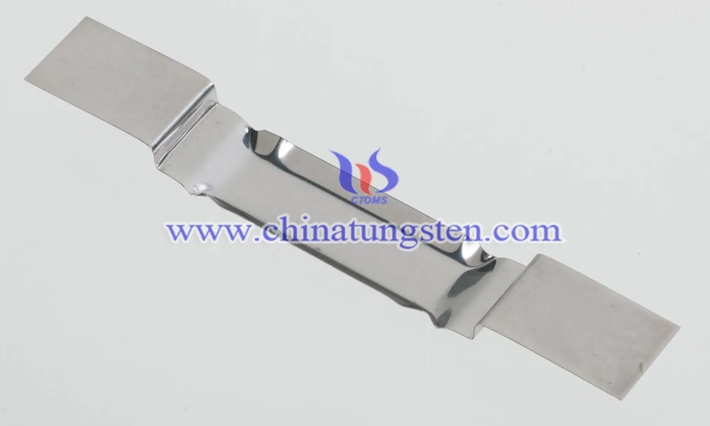
As a typical product of the transition metal molybdenum, a molybdenum boat, also known as an evaporation molybdenum boat or coating molybdenum boat, is made from molybdenum sheets or molybdenum-based alloys through welding or high-temperature stamping. It serves as a critical sintering carrier for molybdenum powder and other metal powders, with its English name being "molybdenum boat".
Molybdenum Electrode
- Details
- Category: Tungsten Information
- Published on Thursday, 29 May 2025 16:50
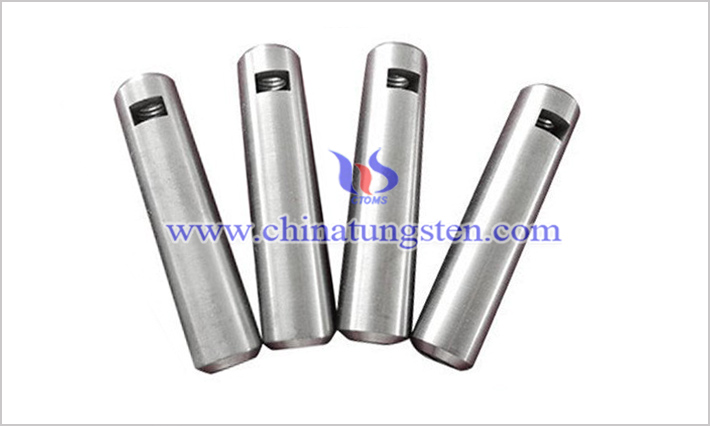
As a key component made from the transition metal molybdenum (with purity exceeding 99.95%), a molybdenum electrode—known as "molybdenum electrode" in English—shares physicochemical properties highly similar to pure molybdenum. Its typical diameter ranges from 20 mm to 152.4 mm, and its length can extend up to 1,500 mm. Notably, a molybdenum electrode differs significantly from a tungsten electrode in both shape and application.


 sales@chinatungsten.com
sales@chinatungsten.com